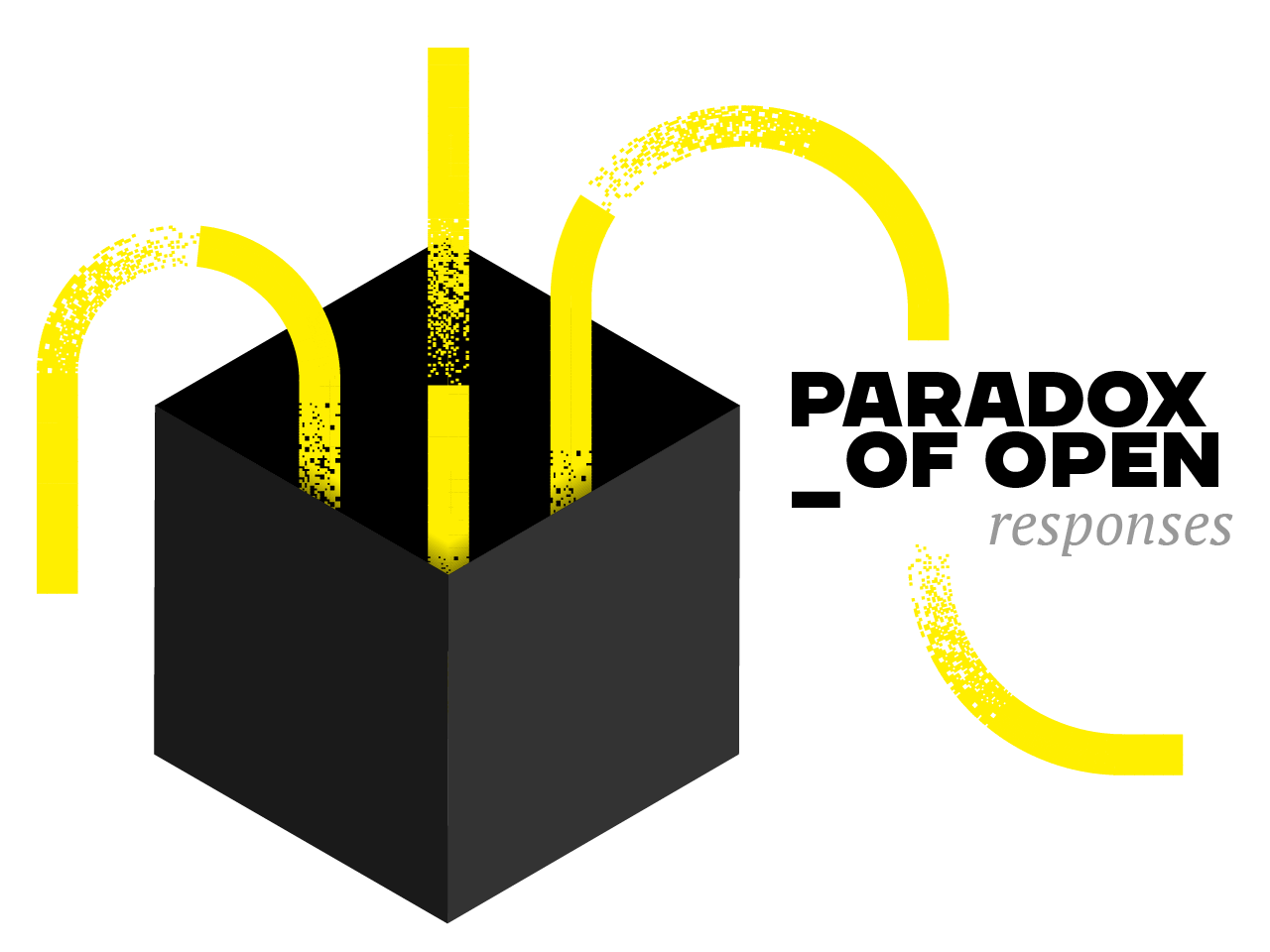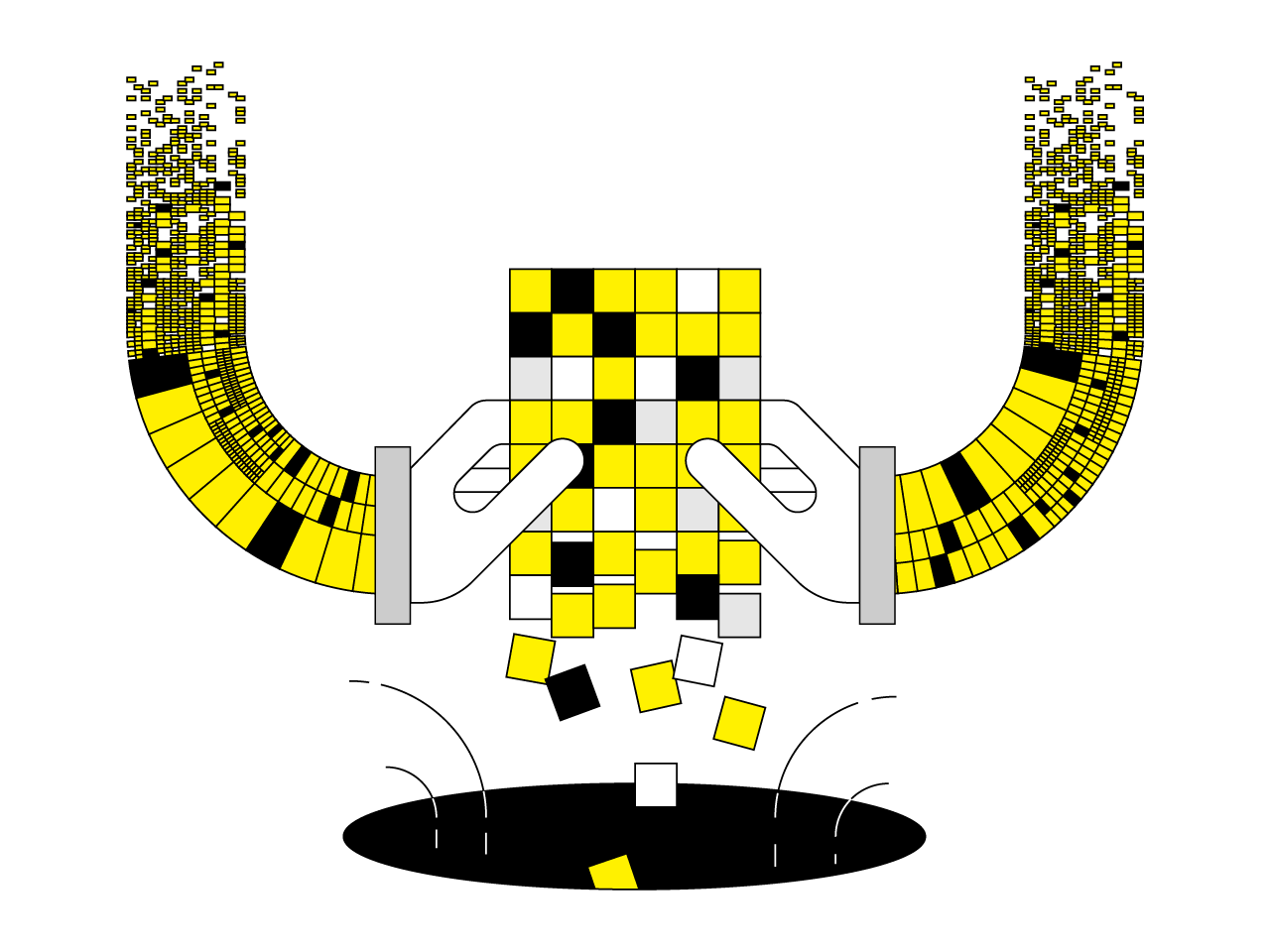The peace accord signed in 2016 between the Revolutionary Armed Forces of Colombia (FARC) and the Colombian government ended an armed conflict of over 50 years that was the world’s longest-running active civil war. This conflict has not ended yet but is hopefully de-escalating. This is much needed, as the scale of this process has been huge and horrific. According to the Single Registry of Victims, there are over 9 million victims, and of those, close to 2 million are missing or dead. Let’s talk about the role of memory and truth in the process of healing and the role and challenges of digital technology in this process.
The violence that the Colombians experienced corresponds to atrocious acts recorded by the National Center of Historical Memory. There are not just missing or dead people as a result of this conflict. The records also speak of over 180.000 victims of targeted killings, 4.000 massacres with close to 25.000 victims, and over 38.000 victims of kidnappings. Furthermore, there are victims of sexual violence, landmines, child recruitment, or displacement. These victims have faces and names with stories that hide behind statistical figures. These stories are key for the construction of memory and the collective version of a difficult reality. Memory is then the base of a collective process of remembrance that serves to heal, understand and forgive.
A key question in this context is: How can daily pain be transferred into massive processes of collective truth? Faced with the Latin American reality of the violence of the last decades of the 20th century, the region built in response a legal framework: the right to the truth. This right has memory at its core. Thus, the Inter-American human rights system describes memory[1] as the way in which:
[…]Memory means the ways in which people and peoples build meaning and relate the past to the present in the act of remembering serious violations of human rights and/or the actions of victims and civil society in defense and promotion of human rights and democratic values in such contexts […]
Memory can have different forms, and the key among them is a State obligation for the provision of truth, justice, reparation and measures that seek to avoid further gross human rights violations. In this sense, the right to the truth is difficult, almost impossible, without States. And without public memory, the pieces that allow collective mourning and the construction of a shared memory remain incomplete and become insurmountable barriers to the collective healing process.
Memory processes in Chile or Argentina are world referents. In Colombia, this process faces important challenges, not only because it needs to be developed while the conflict is not closed yet. It also occurs amid a technological change that represents another level of challenges for the public memory process.
It comes as no surprise that an important part of the memories of the Colombian armed conflict is in a digital form. The Internet, and especially social networks, have a disruptive capacity to give voice to anyone and to circulate broadly impressive amounts of content.
This allows for an active public debate to happen, as ideas openly circulate and are open to being reshaped by anyone with access to digital channels. But, at the same time, it is a fragile capacity, as the content can easily disappear.
The fragility of the open digital environment
In 2018, Mariana Garcés Córdoba, the Colombian Minister of Culture, warned[2] about “the digital black hole of the historical and cultural memory of countries.” She talked about the ephemerality of the Internet and how the National Library – the one in charge of the country’s cultural heritage – did not have the right legal tools to develop the digital legal deposit. In other words, she warned that, while the library had tools to preserve physical content – such as books via the legal deposit institution, there was no capacity to preserve web pages and social network contents essential to keep historical records and that copyright law was not providing necessary support to the institution. Therefore, she said, the library could not preserve the country’s memory.
One of the examples that the Minister of Culture provided to illustrate this black hole was the disappearance of the voices of the FARC guerrillas during the peace process. In 2016, the FARC and the Colombian government signed a peace agreement that was reached after several years of negotiations in Cuba. There is no doubt that, for anyone interested in that process, the information from the social media accounts of its protagonists would be an important and unique primary source of information. However, the Minister of Culture warned that, with the FARC being on the list of international terrorist groups, social network platforms – such as Twitter, Facebook or Youtube – frequently blocked content and canceled FARC’s accounts, even if the peace process was taking place.
If the library had no legal confidence in the process of preserving those contents (actions that for the library meant copying and providing access to the stakeholders) and no one else was doing this, those memories would disappear. No matter if they were born as open and openly circulated in the digital public space.
According to the letter of the Minister of Culture[3], the inability of heritage institutions to preserve the voices and the public debate at such a historical moment meant that what was being preserved was an incomplete history: only the official voices would survive. And this is due not only to the ephemeral nature of the technology or its cost but also to the vulnerability of memory when it deals with highly politicized dissident content.
[…] a partial or minimal memory of decisive moments in the country’s political, scientific, cultural or social life, (is) the loss of the history of public and private institutions or media that set a national standard and disappear before being copied. The loss of a good part of the production of social and community movements, NGOs, and organizations of ethnic groups that on many occasions is threatened by their transitory character, the technological and budgetary difficulties and the character of denunciation of many of these contents, making more difficult the permanence of their production in Internet, the vulnerability of the digital information, the political conjunctures and the volatility of the information […]
Paradoxically, it is easier to preserve commercial content and to make it available for future generations than to do the same with content produced in the margins of the market. Clear circulation rules for market-based content prove stronger than an open philosophy of use, reuse and circulation.
For the Ministry of Culture, a first step to facing the problem was to establish an exception to legal deposit that should also not be limited to physical formats. Any content that circulates in Colombia could be copied and preserved by the National Library and should be available for its users in the library’s premises even if the content was not voluntarily deposited to the library for that purpose by its author or rightsholder after 60 days of being circulated in the country. After an intra-governmental arm wrestling match during the copyright reform debate, the National Library was granted the exception for “digital legal deposit” to copyright in article 28, Law 1945 of 2018.
Can the reshaping of the legal deposit obligation – that was designed for physical books – along with the specific exception be a good tool to solve the problem? This is yet to be proved as four years have passed and the mandate to define how this exception will work in practice has not yet been implemented.
In the meantime, the memories of the latest popular strikes and social uprisings (in 2019 and 2021) are at stake too. The 2021 protests were marked by law enforcement abuse of power, expressed in another set of gruesome figures[4]: over 70 people died, over 80 lost an eye, close to 1500 were wounded, and many disappeared. This violence was documented in the middle of the pandemic by citizens and media outlets, largely using social networks as a tool.
During the 2021 social uprising, the power of social networks to document human rights abuses was evident; it was also evident that platforms’ content moderation systems were over-removing content affecting those proofs.[5] Once again, the 2018 complaint by the Minister of Culture became valid.
Content moderation during social uprisings has to deal with an overwhelming increase of content uploaded in a short period of time. Much of the content includes violence and thus can trigger platforms’ rules that include norms for publishing violent and terrorist content norms. They also trigger legal rules for hate speech and even copyright measures. Consequently, not only do the platform users lose their content and sometimes even their accounts, but society is also deprived of this information, and the evidence of serious human rights violations is lost.
Many challenges to public memory arise in the public space of social networks. Such space is often perceived as open and public, but, in reality, it challenges the public memory – which needs to be seen as a key element of the right of freedom of expression. The space of social networks does not secure the capacity to preserve the evidence of gross human rights violations, nor it guarantees the right to the truth.
In this context, copyright law plays a role that is paradoxical and even harmful. Preservation of public memory should be a prominent element of the public mission of heritage institutions and, therefore, should be supported by law. But it goes against the current logic of copyright regulation, which seeks to limit exceptions for public interest use of content. This forces heritage institutions to advocate for legal deposit exceptions to fulfill their mission concerning digital public memory. It is also worth acknowledging that, at the Inter-American level, the right to memory and truth continues to develop to incorporate such elements of protection to preserve and access memory.
Today’s incentives to control the content that is published on the Internet are yet to be aligned with the right to the truth. As we recognize the role of memory in repairing the collective harm derived from armed conflicts and the importance of digital evidence to face gross human rights violations, we also need to speak louder about the digital black hole. We need to open debates on the needs of cultural and heritage institutions – such as heritage libraries, national archives, truth commissions, or memory centers – as guardians of a country’s public memory. With no legal tools to preserve content in the digital public space, this memory is at risk.
Carolina Botero is the Executive Director of the Colombian civil society digital rights organization Karisma Foundation. She works on topics related to law and technology, focusing on human rights.
Under her leadership, Karisma won the Index Censorship Freedom of Expression in the category of digital activism (2019). She was appointed as an international expert for the UNESCO recommendation on Open Science (2021). She holds a master’s degree in international law and cooperation (VUB – Belgium), and a master’s degree in Business and Contracting Law (2006, UAB – Spain).
Carolina is a member of the Board at Creative Commons and writes frequent Op Ed in local media El Espectador and La Silla Vacía.

We asked leaders and experts from the broad open movement what the Paradox of Open means to them and how to address the challenges that it poses. This essay is one of the responses.





